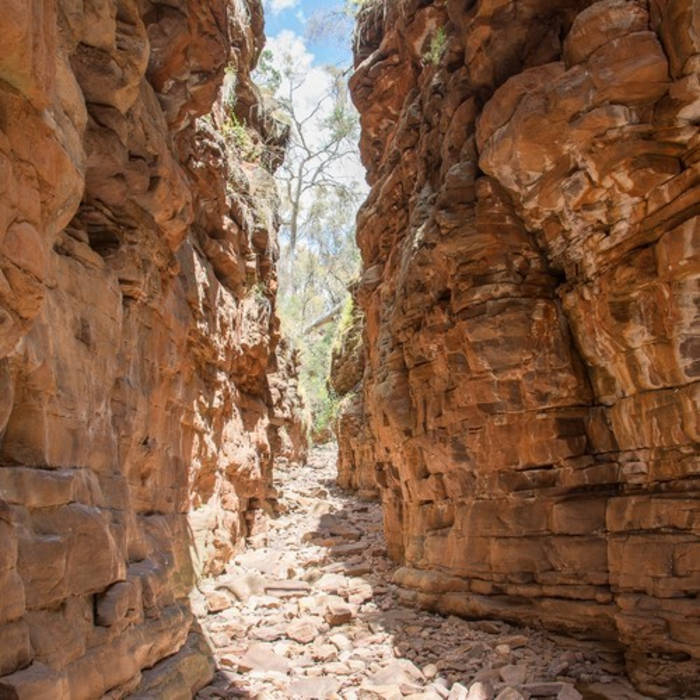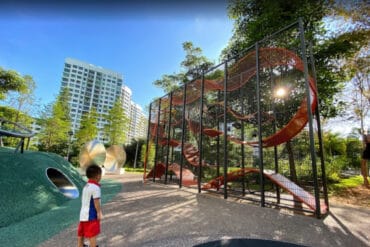Discover Family Fun in South Australia’s National Parks
G’day, adventure-loving families! Are you ready to explore the great outdoors and create lasting memories in some of the most stunning natural landscapes that South Australia has to offer? With a variety of national parks to choose from, each with its own unique wonders and activities, you’re in for a treat. This guide is your starting point to the beautiful national parks that are just waiting to be discovered by you and your little explorers!
Why South Australia’s National Parks Are Perfect for Families
For parents thinking about the ideal family getaway, South Australia’s national parks offer an excellent balance of adventure, education, and relaxation. Not only do they provide an escape from the hustle and bustle of daily life, but they also give your kids the chance to learn about nature and the importance of conservation. With plenty of open spaces, these parks are a playground for children of all ages to run freely and explore.
Top National Parks in South Australia for Families
While there are numerous parks to visit, let’s start by highlighting a few favourites that are sure to captivate your family’s hearts and spark a sense of adventure:
- Flinders Ranges National Park – With its ancient landscapes, rich Aboriginal history, and abundant wildlife, this park is a must-visit. The rugged terrain is perfect for a family hike or a scenic drive.
- Kangaroo Island – Accessible by ferry, this natural paradise features several national parks and conservation areas such as Flinders Chase National Park. Encounter wildlife, stroll through remarkable rock formations like the Remarkable Rocks, and spot a lighthouse or two.
- Coorong National Park – Ideal for water-based activities, the Coorong is great for kayaking, fishing, and bird-watching. The long stretches of sandy beaches make it a fantastic spot for a family picnic as well.
- Cleland Wildlife Park – It’s here where children can get up close and personal with some of Australia’s most iconic animals. Meet kangaroos, koalas, and emus in a natural setting.
Each park offers unique experiences and has facilities that cater to families. Whether it’s the playgrounds, picnic areas, or easy-to-navigate walking trails, there’s something for everyone.
Essential Planning Tips for Visiting National Parks
When visiting national parks in South Australia, a little planning goes a long way to ensure a smooth and enjoyable experience:
- Check Park Accessibility – Some parks might have sections that are less accessible due to weather or maintenance. Always check the parks’ official websites or call ahead for the latest information.
- Prepare for the Weather – South Australian weather can be unpredictable. Dress in layers, pack sun protection, and bring enough water for the family.
- Park Fees and Passes – Many national parks charge entry fees. Consider purchasing a multi-park pass if you plan to visit several parks during your trip.
- Wildlife Safety – Teach your children the importance of keeping a safe distance from wild animals and what to do if they encounter one.
Fun and Educational Activities for Kids
National parks offer a multitude of activities that can engage children while educating them about the environment:
- Junior Ranger Programs – These programs are designed to help kids learn about conservation and wildlife through fun and interactive activities.
- Interactive Trails and Walks – Trails often have information boards that teach kids about the local flora and fauna. Some parks also have audio guides available.
- Guided Tours – Many parks offer guided tours that are suitable for families and can be educational for children and adults alike.
Raising the next generation of nature enthusiasts starts with experiences that kindle curiosity and respect for the environment. South Australia’s national parks offer a fantastic playground for such learning and fun. So, grab your hats, pack your adventure spirit, and let’s dive deeper into what makes each of these natural havens a must-visit destination for your family’s next escapade!
Stay tuned for tips on specific park highlights, the best trails for young adventurers, and much more as we continue this exciting journey through South Australia’s breathtaking national parks.

5 Things Parents Should Know Before Visiting South Australia’s National Parks
Preparation is key to making the most of your national parks experience in South Australia. Here’s what you need to know before setting out on your family outdoor adventure:
- Understand the Terrain and Prepare Accordingly – Each park boasts different landscapes, from desert tracks to forest trails. Depending on your destination, ensure you have the right equipment, whether it’s hiking boots for the rugged trails of Flinders Ranges or water shoes for wading in the shallows of Coorong National Park.
- Accommodation Options – Consider whether you’ll be camping under the stars, caravanning with all the creature comforts, or staying in park accommodations such as cabins or eco-tents. Booking in advance is recommended, especially during school holidays and peak seasons.
- Travel and Navigation – While some parks are easily navigable with well-marked roads, others offer more remote experiences where GPS and physical maps are necessary. Make sure your vehicle is suited for the park’s terrain, and always carry an up-to-date map.
- Interaction with Nature – National parks are havens for native wildlife, and while encounters can be thrilling, they should always be respectful. Educate your children on the importance of not feeding the animals and preserving their natural habitats.
- Facilities and Amenities – Check what facilities are available in the park, like restrooms, visitor centres, and emergency services. Knowing what is at your disposal can help you pack and plan activities more efficiently.
Maximizing Your Visit with Kid-Friendly National Park Trails
South Australia’s national parks offer an array of trails suitable for little legs and big imaginations. Here are some family-friendly trails that promise adventure and discovery:
- Alligator Gorge Ring Route Walk – Mount Remarkable National Park – A moderate 2 km loop that weaves through narrow gorges and offers breathtaking views.
- Stokes Hill Lookout Walk – Flinders Ranges National Park – An easy 1 km return trail leading to a stunning lookout perfect for a family photo.
- Currawong Roost Walk – Cleland Conservation Park – A tranquil 2.4 km trail that allows you to immerse in the lush environs of this diverse park.
- Seal Bay Boardwalk – Seal Bay Conservation Park, Kangaroo Island – An accessible boardwalk that takes you close to the endangered Australian sea lion colony.
These trails are just a sample of the many accessible paths you’ll find within South Australia’s national parks. They all offer a mix of adventure, exercise, and immersive natural experiences the whole family can enjoy together.
Wildlife Wonders: Best Times and Places for Animal Encounters
One of the highlights of visiting South Australian national parks is the chance to see wildlife in their natural habitat. The best times for sightings are often early in the morning or late in the afternoon when animals are most active:
- Kangaroo Dawn Patrol at Flinders Ranges – Head out at sunrise for the best chance to see kangaroos grazing in the wild.
- Nocturnal Tours at Naracoorte Caves National Park – Discover the secretive lives of nocturnal creatures on a ranger-led twilight tour.
- Fairy Penguin Parade on Kangaroo Island – Watch Little Penguins return to shore at dusk after a day of fishing out at sea.
These experiences not only delight kids but also reinforce the principles of wildlife conservation and the importance of national parks. It’s a thrilling and educational part of any park visit.
Embracing South Australia’s national parks as a family opens up a world of natural beauty, adventure, and education. With this guide, you’re well on your way to an unforgettable family trip. Relish the trails, enjoy the wildlife sightings, and cherish the shared moments of discovery and relaxation. Now let’s go make some family memories!
. For more information see here
Disclaimer
The articles available via our website provide general information only and we strongly urge readers to exercise caution and conduct their own thorough research and fact-checking. The information presented should not be taken as absolute truth, and, to the maximum extent permitted by law, we will not be held liable for any inaccuracies or errors in the content. It is essential for individuals to independently verify and validate the information before making any decisions or taking any actions based on the articles.




